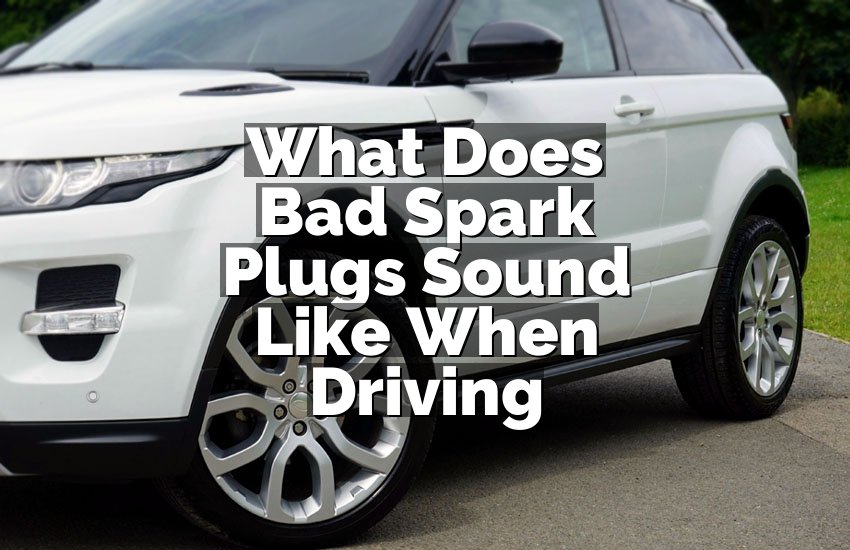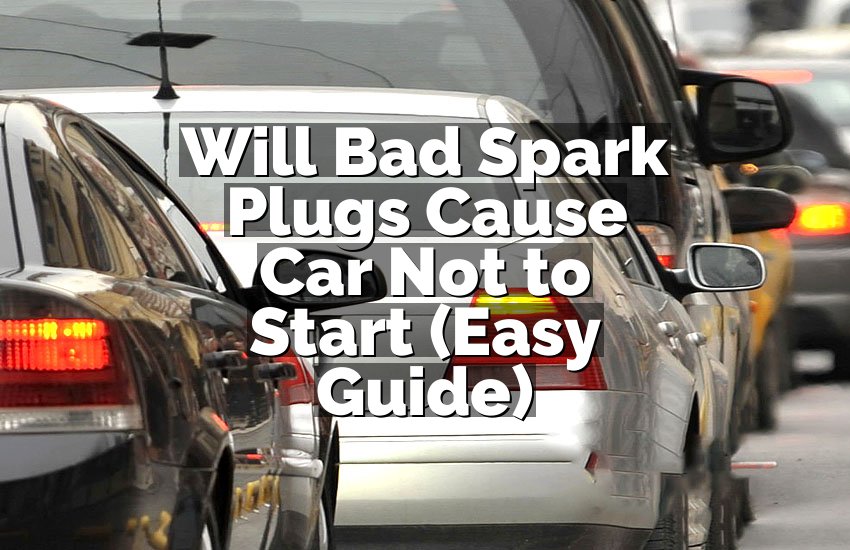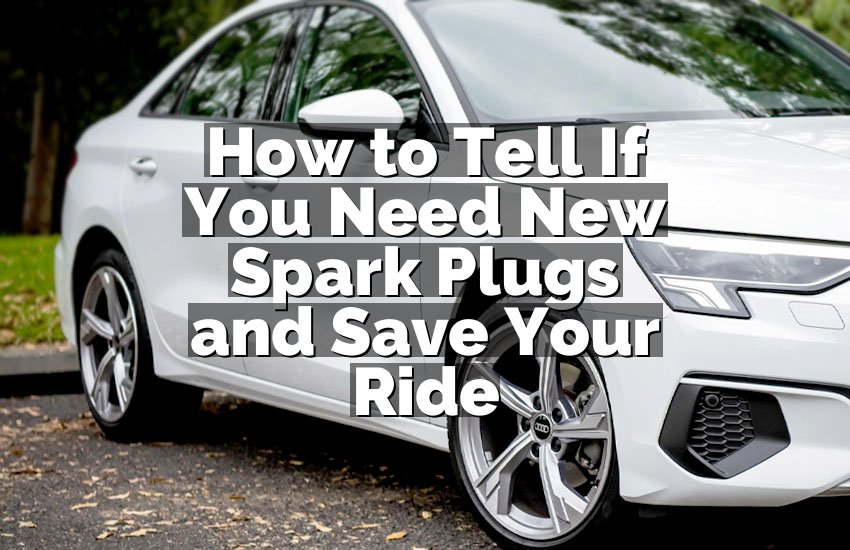Have you ever pulled up to a gas station, started filling up, and then suddenly thought, “Wait… should my car be off right now?” Don’t worry — you’re not alone! A lot of people wonder if it’s okay or even safe to pump gas with the car running. It might seem like a small thing, but there are good reasons why this question matters.
Why People Leave Their Car Running at the Pump
Convenience and Comfort in Extreme Weather
When it’s super cold or blazing hot outside, it can be tempting to leave your car running while pumping gas. You want the heat or the air conditioning to keep things cozy inside the car, especially if you have kids, pets, or other passengers waiting. Nobody wants to get back into a freezing car or one that feels like an oven.
But here’s the thing: While it might feel like just a minor comfort, there’s more to this habit than you might think. Leaving your car on can lead to safety risks and even go against fuel station rules. Most stations have signs clearly saying to turn your engine off while fueling, and there’s a good reason for that.
The car’s engine, when running, produces heat and small electrical sparks, especially near the ignition system. When you’re pumping gas, fumes are released — fumes that are highly flammable. If a spark or static electricity combines with those fumes, it could cause a fire. While it’s rare, the risk is real enough that safety rules ask you not to take that chance.
Forgetfulness or Being in a Rush
Sometimes, it’s just human nature to forget. You’re in a rush, running errands, thinking about your next appointment — and you forget to shut off the engine before getting out to fuel. It happens! Life gets busy.
This doesn’t make you a bad driver or careless person. But it’s worth building a habit of turning the car off first. Making that part of your fueling routine can keep you, your car, and others around you safer.
Also, newer vehicles are so quiet that drivers might not even realize the engine is still on. Hybrid cars, for example, may operate in electric mode and make almost no noise at all when idling. In such cases, double-check your dashboard — if it’s lit up, your engine is probably still running.
Misunderstanding or Misinformation
Another big reason people leave their car running while pumping gas is simply not knowing the risks. Some people believe that modern cars are safe enough that it doesn’t matter. Others might assume it’s just an outdated warning.
But while vehicles have certainly become safer and smarter, the basic science hasn’t changed. Gasoline is still a flammable liquid, and the vapors it gives off are even more flammable. Modern vehicles may be better built, but they aren’t immune to the laws of chemistry and physics.
The fuel nozzle and pump system are designed to reduce spills and vapor release, but they can’t prevent everything. Static electricity and heat sources are still a danger, especially in dry weather or during winter when static builds up more easily.
So even if the chances are small, it’s better to be safe than sorry. Understanding the science and safety guidelines can help clear up any confusion you might have about the risks.
The Science Behind Gasoline and Engine Safety
What Happens When You Pump Gas
When you pump gas, liquid fuel flows into your tank, but not without releasing vapors. These vapors are made of volatile organic compounds (VOCs), which easily evaporate into the air. You may even notice the strong smell of gas as you fill your tank — that smell is those VOCs being released.
These fumes can gather around the pump area, especially in hot weather or in areas without good ventilation. Because these fumes are flammable, they can ignite if they come into contact with a heat source or spark. That’s why open flames, cigarettes, or even cell phones (in some cases) are discouraged near gas stations.
Gas stations have safety systems in place to help control vapor release. Vapor recovery systems and tight-fitting pump nozzles help reduce how much escapes into the air. But no system is perfect. And when your car engine is running, it can be a source of ignition — even if it’s just from the spark of the spark plugs or the heat from the exhaust.
Why a Running Engine is a Potential Risk
Your car’s engine works by igniting fuel and air inside the engine cylinders. This combustion creates the power needed to move your vehicle. When the engine is on, this process is happening constantly. Sparks are flying inside the engine, electrical systems are humming, and the exhaust system is hot.
If flammable vapors from gasoline reach any part of that process — especially the ignition system — there’s a chance of fire. Even the tailpipe can get hot enough to ignite gas vapors under the right conditions.
You might be thinking, “But I’ve done it before and nothing happened.” That’s true for most people. Fires at gas stations are rare. But the risk is not zero. And since the danger involves fire and explosions, even a small risk is a serious one. That’s why it’s always best to take precautions.
Modern Safety Systems in Cars and Pumps
Modern cars have many safety features, and fuel pumps themselves are designed with auto shut-off valves to prevent overflows. Some even have vapor recovery hoods that help contain fumes as you fill your tank.
However, these systems don’t eliminate all risk. The environment around a gas station — including the weather, temperature, and how careful the people around you are — all play a part. You can’t control every variable, but you can control whether your car is on or off.
Fueling with the engine off is one simple step that removes one possible ignition source from the equation. It’s a small action that can have a big impact on safety.
Legal Rules and Gas Station Policies
What the Law Says About Pumping with the Car On
There are no specific federal laws in the United States that say it’s illegal to pump gas with the engine running. However, many states and local governments include this in their fire safety codes. These rules are often set by fire departments or environmental safety boards.
While it might not be illegal in all areas, it is generally against fire safety codes, and you could face fines or warnings if caught doing it repeatedly. If a fire were to start and you left your engine on, insurance companies might also have questions about whether your actions contributed to the damage.
It’s kind of like driving without a seatbelt. You might not get caught every time, and nothing might go wrong — but if something does, the consequences can be big.
Why Gas Stations Require You to Turn Off the Engine
Nearly every gas station has signs that clearly say, “Turn Off Engine While Fueling.” These signs are there for liability reasons and to keep everyone safe. If someone were to ignore that rule and cause a fire or explosion, the gas station could be held responsible — especially if it didn’t enforce its own rules.
Employees may not always call you out for leaving the engine on, but the signs are posted for a reason. The station is trying to protect you, themselves, and other customers.
Some stations even have shutoff systems that stop the fuel pump if certain unsafe conditions are detected. But don’t rely on technology alone. Human responsibility is still key when it comes to handling fuel safely.
What Happens If You Ignore the Signs
Most of the time, nothing dramatic will happen if you leave your engine on while pumping gas. But if something does go wrong, it can go very wrong, very fast.
If caught by a gas station employee or manager, you may be asked to turn off your engine or leave the premises. In rare cases, local fire authorities could issue a warning or citation.
Worse, if an accident happens, you could be held legally responsible for any damage or injury caused. And if you’re injured because you ignored posted warnings, your insurance might not fully cover your losses. That’s a pretty high price for a little convenience.
So the next time you’re tempted to leave the car running while fueling up, just remember: it’s better to be safe, and it only takes a second to turn the key or press the button.
Best Practices for Safe Fueling
Step-by-Step Guide for Safe Fuel Pumping
Even though fueling a car might seem simple, following a few key steps can make it safer for you and everyone around.
- Pull up close to the pump with your fuel tank facing the right side.
- Put the car in park and turn off the engine completely.
- Open the fuel door and remove the gas cap.
- Insert the fuel nozzle into your tank securely.
- Select your fuel grade and start pumping.
- Keep your hand on the nozzle if your station doesn’t have an automatic latch.
- When finished, wait for the click that signals your tank is full or stop manually when done.
- Remove the nozzle, place it back in its holder, and replace your gas cap.
- Close the fuel door.
- Only after everything is secured, restart your car.
This method helps make sure that no sparks, flames, or heat sources are near the gas fumes during the process. It might seem like overkill, but it’s the safest way to refuel.
What to Do If You See Someone Else Fueling Unsafely
If you notice someone at the pump with their engine on, smoking, or using a lighter — don’t panic. You can let a gas station employee know. They’re trained to handle those situations and can politely ask the person to stop the unsafe behavior.
You don’t need to confront anyone yourself. Your job is to stay safe and look out for your own actions.
Also, if you see something that doesn’t feel right — like a fuel spill, sparks, or strong fumes — walk away and report it to an employee immediately. Safety comes first.
Keeping Kids and Pets Safe While Fueling
If you’re traveling with kids or pets, it might feel inconvenient to turn off the engine — especially if it’s hot or cold outside. But safety still matters.
Here are some tips:
- Roll down the windows for airflow before turning off the engine.
- If it’s hot, try to park in the shade or bring the kids and pets inside with you.
- Never leave children or pets in a hot or freezing car, even for a few minutes.
Planning ahead can make it easier. Keep a fan or blanket in the car, depending on the season, so you can fuel safely without worry.
I hope this helped clear up the question, “Can you pump gas with the car on?” The short answer is: It’s not safe, and it’s best not to do it. Even if it feels like a harmless habit, the risk of fire from gas fumes meeting a running engine is too high to ignore. Turn the engine off, stay alert, and take that small step to keep everyone safe at the pump.
Frequently Asked Questions (FAQs)
Is it illegal to pump gas with the car running?
No, it’s not strictly illegal in every state, but it is against fire safety codes in most places. Gas stations also have policies requiring drivers to turn off their engines while fueling. Ignoring those rules can get you a warning or even a fine. More importantly, it creates a fire hazard. Even if you’ve done it before without issue, there’s always a small chance that gas fumes and a running engine could lead to a dangerous situation.
Can my car really catch fire at the gas pump?
Yes, though it’s rare, it can happen. Gasoline fumes are highly flammable, and your car’s ignition system produces small sparks. If those sparks meet the fumes, it could start a fire. Static electricity is another fire starter. That’s why you’re asked to avoid re-entering your car during fueling, as it could build up static on your clothes or body. Fires at gas stations don’t happen often, but when they do, they can spread fast.
Do I need to turn off a hybrid or electric vehicle?
Yes, even hybrids and plug-in electric cars should be turned off at the pump. Hybrids can switch between gas and electric modes automatically, which makes them harder to notice when still on. But they still use gasoline in many cases and can still create sparks when active. Turning off the vehicle ensures no part of the engine is running or switching modes while you pump gas. It’s just as important as turning off a regular gas-powered car.
Is it okay to keep the AC or heat running while I pump gas?
It might feel good to keep your car’s climate control on, but if it requires the engine to run, it’s not safe. The air conditioning or heat uses the car’s engine power or electrical system, which increases the chance of heat or sparks near gas fumes. It’s better to shut everything off, even if it’s just for a few minutes. You can open windows or use portable fans if you need airflow.
Can leaving my car running waste fuel?
Yes, leaving your car running for long periods while idling can waste fuel. While this isn’t the biggest concern when pumping gas, it does add up over time. Idling also increases emissions, which contributes to air pollution. Turning off the engine while you fuel helps conserve gas and reduces wear on your vehicle. Plus, it’s better for the environment and your wallet in the long run.
Is it okay to use my phone at the pump?
While many gas stations used to warn against using phones at the pump, the risk of fire from phone use is very low. However, the real concern is distraction. If you’re on your phone, you may not notice if something spills, smells off, or starts to go wrong. So even if it’s not dangerous by itself, it’s still a good idea to stay focused while fueling.
Do I need to worry about static electricity?
Yes, static electricity is a small but real concern at gas stations. It builds up when you move, especially in dry or cold weather. If you get back into your car and then touch the fuel nozzle, a small spark can ignite gas vapors. To avoid this, stay outside the vehicle while fueling. If you do get back in, touch metal (like your car door) before touching the pump again to release the static safely.
Can I leave my kids or pets in the car while I pump gas?
It depends on the weather and how long you’ll be away. If it’s very hot or cold, it’s unsafe to leave them inside — especially if the engine is off. If it’s mild and you’ll be quick, you can crack the windows. Always turn the engine off for safety. If possible, bring kids or pets inside the gas station or have another adult wait with them outside the vehicle. Never leave them alone in extreme temperatures.


